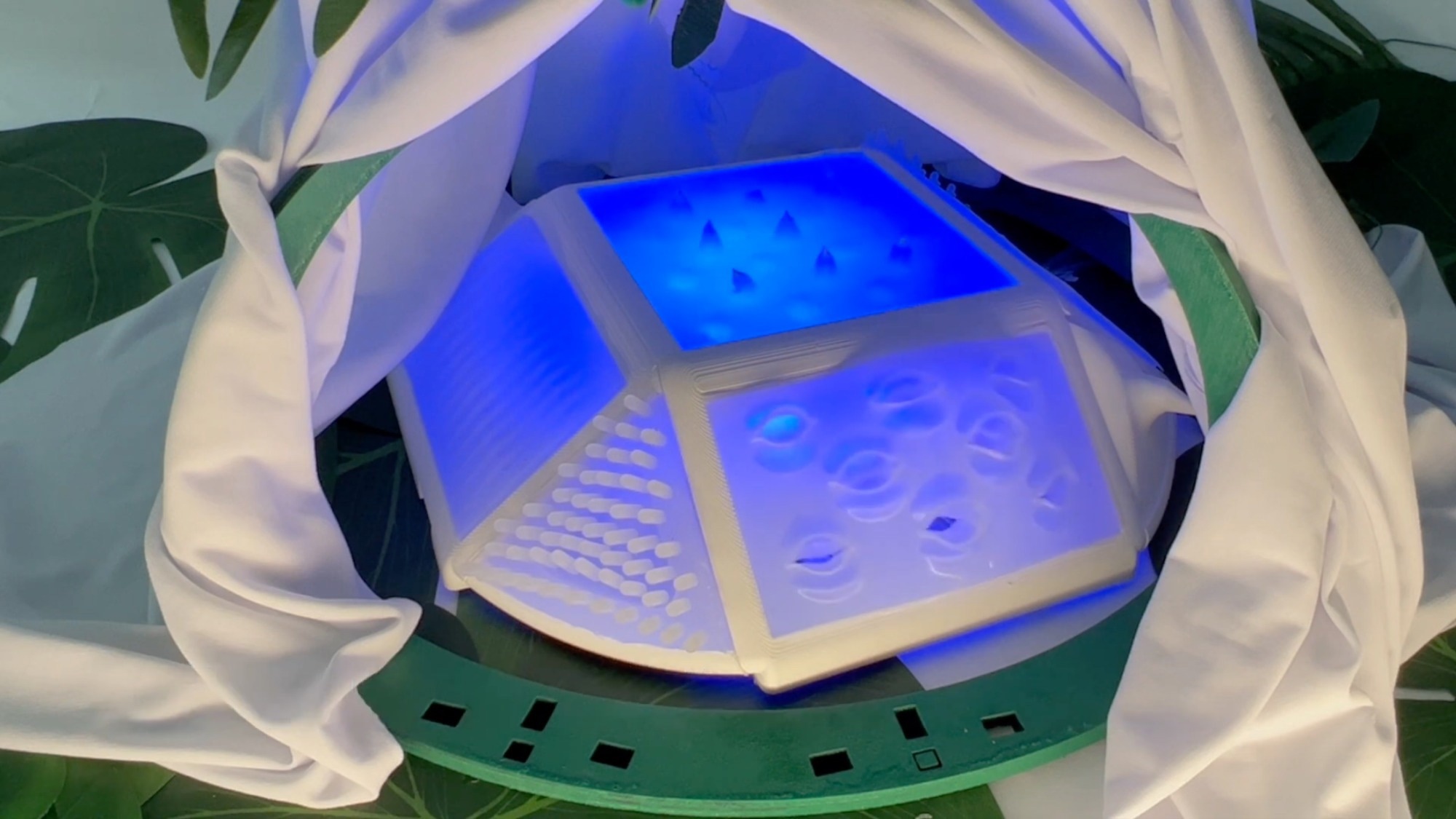Apr 8 2024Reviewed by Lexie Corner
A group of researchers from Cornell University and the University of Lisbon recently unveiled a touch-based robot that can promote inclusion in classrooms by giving kids with and without visual impairments equal opportunities to engage in group activities with the robot.

Image Credit: Associate Laboratory of Robotics and Engineering Systems (LARSyS)
The study revealed enhanced perceptions of both group and individual participation, which helps create more inclusive learning environments.
The Touchibo robot was created to enhance group interactions between visually impaired children and those who are not by examining the potential of tactile interactions.
Touchibo aims to bridge the gap between children with diverse visual needs, promoting participation, empathy, and social engagement.
Isabel Neto, Researcher, Gaips Lab, INESC-ID
Isabel Neto is also associated with the Interactive Technologies Institute.
In this study, 107 children—37 of whom were visually impaired—participated in a series of storytelling exercises led by Touchibo and an audio-only storyteller. Researchers examined the children's responses, touch behaviors, and group dynamics to assess how touch-based interactions affected social engagement and inclusivity.
“We have used a combination of video recordings, questionnaires, and observational data to capture the nuances of interpersonal touch behaviors, story comprehension, and group dynamics,” added Isabel Neto.
When interacting with Touchibo, children perceived both individual and group engagement significantly higher than when interacting with the audio-only storyteller.
Touchibo not only promoted touch-based interactions between children but also enhanced the children’s perception of the storyteller’s likability and helpfulness, highlighting the robot's potential to enrich social interactions in classrooms with children with mixed-visual abilities.
Isabel Neto, Researcher, Gaips Lab, INESC-ID
The study also clarified the role that touch plays in encouraging inclusion and engagement among kids with different visual abilities. Touchibo enabled meaningful interactions, promoting inclusion and mutual understanding among children with diverse visual needs and fostering a sense of belonging and mutual understanding among the participants by creating a multisensory storytelling environment.
The results of this study highlight the potential of touch-based robots to foster social interactions and inclusion, opening new avenues for the development of inclusive learning environments for kids with mixed visual abilities. This research was presented at the International Conference on Human-Robot Interaction in March of this year. The HumanE-AI-Net, CRAI, Hybrida, and DCitizens projects all supported it.
Journal Reference:
Neto, I., et al. (2024). “I'm Not Touching You. It's The Robot!”: Inclusion Through A Touch-Based Robot Among Mixed-Visual Ability Children. HRI '24: Proceedings of the 2024 ACM/IEEE International Conference on Human-Robot Interaction. doi.org/10.1145/3610977.3634992
Source: https://larsys.pt/